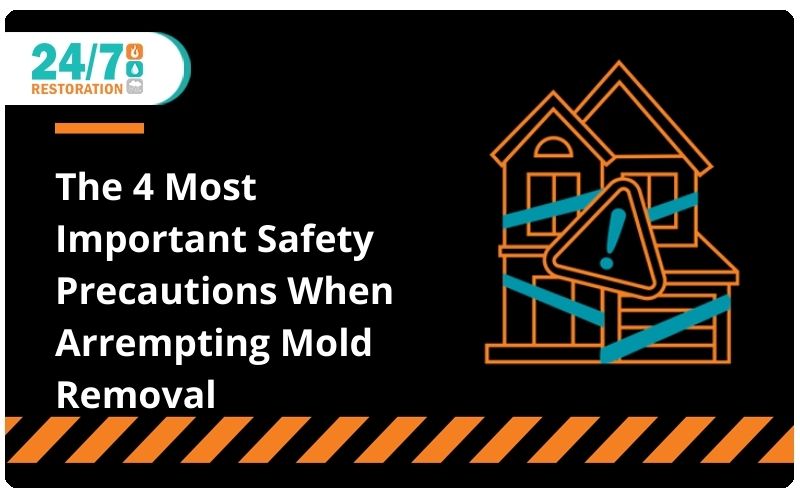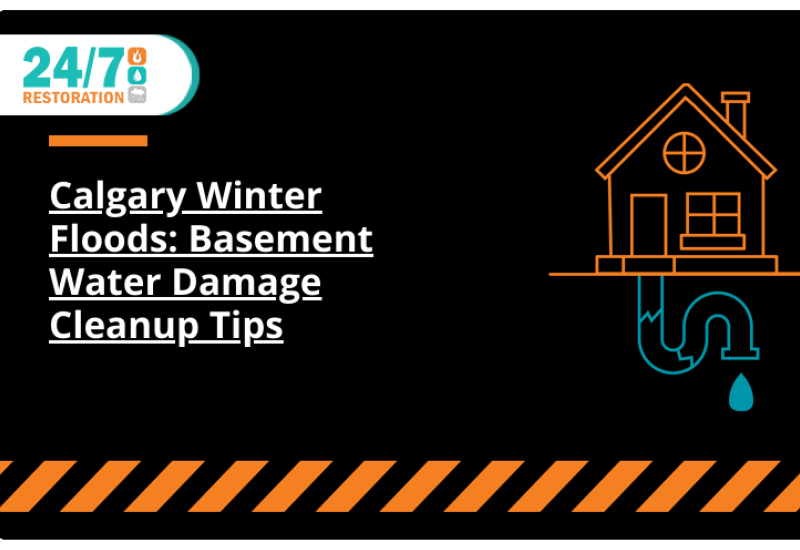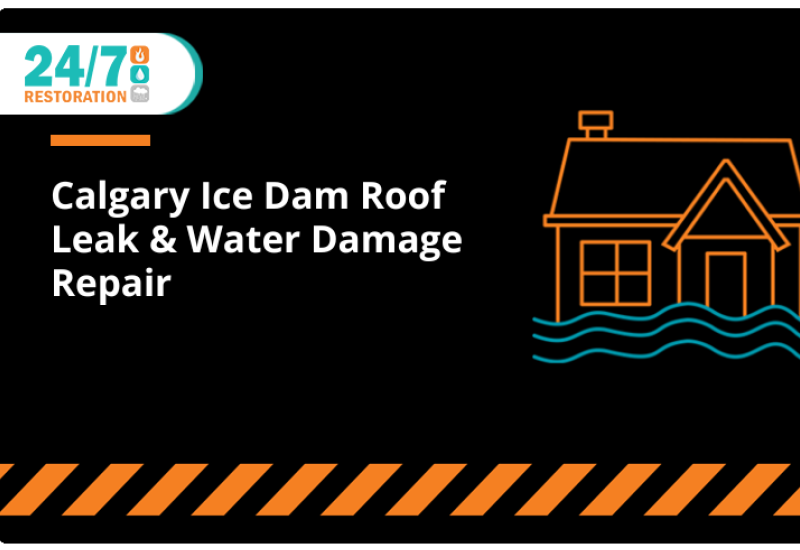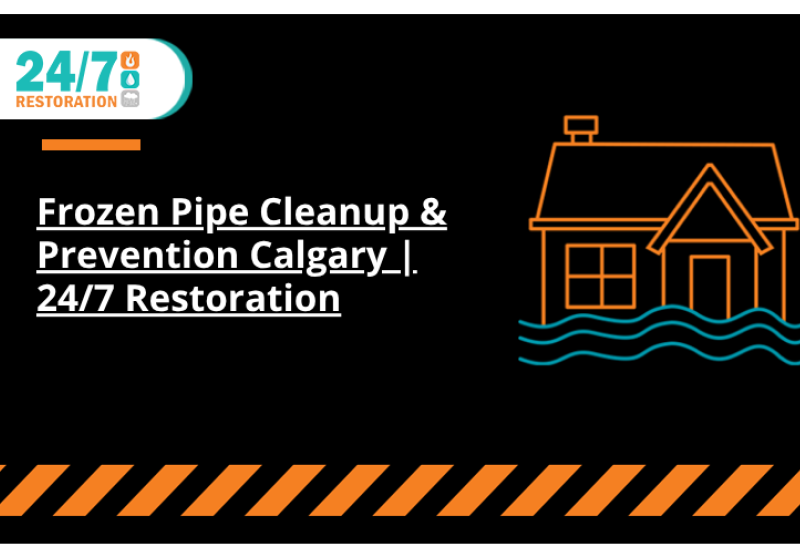Important Safety Tips For Mold Removal
- Protect The Lungs
Mold isn’t just gross to look at, it is also dangerous to health. Mold can negatively affect air quality, ranging from a mild allergy irritant to a serious health risk. If certain types of mold spores are inhaled into the lungs, they can colonize within the lungs and cause chronic respiratory issues. This condition is called aspergillosis and it is most likely to affect people with existing chronic lung problems or weakened immune systems, although any amount of inhaled mold spores is unhealthy for everyone. To protect yourself from inhaling mold spores, it is best to wear proper personal protective equipment (PPE), such as a respirator, when near mold. If you have mold in your home that needs to be removed, it is safer to have a professional perform mold removal so that you do not inhale any mold spores. - Don’t Touch Mold With Bare Skin
Mold can cause a variety of issues if you touch it with your bare skin. Sometimes contact with mold can cause the development of a rash or skin irritation, but if the mold gets into an open wound, for example a scratch or a hangnail, it can cause a fungal infection. If an area has mold, wiping it away won’t get rid of the mold, as mold grows within surfaces, unlike mildew. Even if you wipe visible mold away, that area is still unsafe to touch with your bare hands. - Prevent Mold Spores From Spreading
Mold spores easily spread through the air when disturbed, which can cause problems for two main reasons. First, the mold spores in the air are easily inhaled. Second, mold spores in the air will land on another surface, making that area a likely breeding ground for mold growth. If mold is under the carpet or in drywall, ripping these up will spread the mold spores and put you and your home at greater risk. Leave mold removal up to the professionals to ensure that no mold spores spread and cause greater future issues. - Remove All Mold
If all mold isn’t properly removed, it will come back. If you perform mold removal and miss any section of mold, the remaining mold will grow and you’ll be dealing with the same problem again later. Mold needs to be removed in its entirety and it then needs to be properly disposed of for maximum safety and to prevent the re-growth of mold. If your drywall or carpet is wet, especially if it is from a sewage backup or any other issue that may have organic matter, this also needs to be cleaned up in its entirety or else mold will grow.
Stay Safe With Professional Mold Removal
The best way to avoid potential threats to your safety during mold removal is to have a professional mold removal team do it for you. Professional mold removal and remediation teams know how to handle, remove, and dispose of mold safely and they have all of the proper equipment and knowledge to do so. A mold removal team will also be able to remove any materials that are at risk of developing mold. At 24/7 Restoration in Calgary, our mold removal team will remediate and abate all dangerous materials, returning your home or business to a safe, welcoming environment. To get mold removal and remediation services, contact 24/7 Restoration at 1-403-247-4365 or fill out the online contact form.
FAQ
Q: Does 24/7 Restoration charge for estimates?
A: Our estimates are 100% free and we are committed to being super responsive when flooding occurs in your home or business.
Q: Can I clean up mold by myself? If yes, how?
A: It is possible to remove small patches of mold by yourself if you take the right precautions. Wear protective clothing and scrub away the mold with a mixture of detergent and water (not bleach). However, if the moisture problem is not resolved, the mold is likely to return. Most people don’t know the difference between non-toxic and toxic mold, so it is safer to contact 24/7 Restoration for proper removal of all forms of mold.
Q: How can I prevent mold?
A: Some ways to prevent mold are to:
- Keep your house dry, particularly rooms that are frequently exposed to moisture or have poor circulation
- Fix any leaks in the home
- Turn off humidifiers if the windows show condensation/fog
- Don’t leave wet material sitting in an enclosed space
- Clean humidifiers and dehumidifiers often




